.jpg)
You can now read Vedas, Brahmanas, Aranyakas, Upanishads Vedangas online.Started by Gov of India.Kudos to Gov.
Yajnavalkya Smriti refers fourteen sources of knowledge. They are – the Vedas (Rigveda, Yajurveda, Samaveda and Atharvaveda), Vedangas (Shikaha, Kalpa, Vyakarana, Nirukta, Chanda and Jyotisha), Purana, Nyaya, Meemamsa and Dharmashastra.
पुराणन्यायमीमांसा धर्मशास्त्रांग मिश्रिता:। वेदा: स्थानानि विद्यानां धर्मस्य च चतुर्दश ॥
– याज्ञवल्क्य स्मृति
A very interesting passage in Mundaka Upanishad broadly divides Vidya into two types – Para and Apara.
द्वे विद्ये वेदितव्ये इति ह स्म यद्ब्रह्मविदो वदन्ति परा चैवापरा च ॥ 4॥
तत्रापरा, ऋग्वेदो यजुर्वेदः सामवेदोऽथर्ववेदः
शिक्षा कल्पो व्याकरणं निरुक्तं छन्दो ज्योतिषमिति ।
अथ परा यया तदक्षरमधिगम्यते ॥ 5॥
– मुण्डकोपनिषद्
Knowledge is dealt within Apara Vidya. The Veda-s are scriptures and Vedanga-s are the Vedic Auxiliary Science that deal with phonetics. Every Vedic Scripture has 4 types of texts- Samhita, Brahmana, Aranyaka and Upanishad. There are special Vedic grammar rules for each Shakha known as Pratisakhya and phonetic rules known as Shiksha. Mimansa Sutras describe rules for interpretation of Vedic text, Nyaya & Vaisesika sutra-s (deal with logical aspects, ontological classification, process of human understanding), Purana-s are narrations of messages and teachings of Veda-s, Dharma Sastra-s describe code of conduct for universal harmony.
The Vedas are the source of integral wisdom, science, tradition and culture of a remarkable civilization. They are oral compilations of distilled wisdom of cosmic knowledge survived from the time immemorial. They are not only identified as scriptures, but also as the fountain head of Indian culture and human civilization.
1. Meaning of the word ‘Veda’
The word ‘Veda’ means ‘knowledge’ and is derived from the Sanskrit root ‘vid’, means ‘to know’. It does not refer to one single literary work, but indicates a huge corpus of literature, which arose in the course of many centuries and has been handed down from one generation to another generation by verbal transmission. ‘Veda’ is also called ‘Shruti’ meaning what is heard, as opposed to the ‘Smriti’ composed by sages at a later stage recounting the content of the Vedic texts. This referes the purely oral-aural method which was (and is) used for it.
According to Indian traditional thoughts ‘Veda’ is regarded as revealed scripture, self-evident, and self authoritative. It is not composed by any human authors. The Vedic hymns (Suktas) or verses (Mantras) are seen and only spoken by the seers (Rishis). These seers are neither author of the Mantras nor are they responsible for the contents of the Mantras. Yaska, the oldest expositor of Veda, has distinctly said that these seers received the sacred knowledge or knowledge was revealed to them. They then handed it down to descendants by oral instruction. The great Vedic commentator Sayana has given a definition of the Veda-
‘Ishtaprapti-anishtapariharyor-alaukikam-upayam yo grantho vedayati sa vedah’
It means, “The scripture, which describes the divine method for obtaining what is desirable and for giving up what is undesirable, is called Veda.” This definition presents the purpose of the Veda. According to another definition, as per the sage Apastamba ‘the Veda is the name given to the Mantras and the Brahmanas’.
‘Mantra-brahmanyor-vedanamadheyam.’
This definition describes the form of the ‘Veda’ because it could be divided mainly into these two great divisions–the Mantras and the Brahmanas. Accordingly, Mantra part is the main part of the Veda and whatever is not Mantra is Brahmana. Here it is interesting to know that many ancient definitions of Veda, showing its significance, form or contents are given in ancient Indian texts. Generally speaking the word ‘Veda’ signifies highest, sacred, eternal and divine knowledge as well as the texts embodying that knowledge.
2. Importance of the Veda
The significance of the Veda is manifold.
It has been universally acknowledged that the Veda is the earliest available literature of humanity.
The Veda in the form of prose and poetry in Sanskrit language, has been regarded as authoritative knowledge. Its authority seems to have remained unquestioned for several millennia, and it has been considered the last tribunal in matters of dispute whether in religion or philosophy or social customs. The term ‘Astika’ is used for those systems of Indian philosophy, which have faith on the authority of the Veda and the term ‘Nastika’ is used for those systems of Indian philosophy which do not have faith on the authority of the Veda.
The religion and culture of the Hindus are rooted in the Veda. Till date, their worship, sacrifice, rites and attitudes are influenced by the Veda.
The Veda contains the highest spiritual knowledge (Para vidya) as well as the knowledge of the world (Apara vidya). Thus, apart from philosophy, we find here descriptions of various aspects of the different subjects such as sciences, medicine, political science, psychology, agriculture, poetry, art, music etc.
The Veda is unique in its purity and sanctity. The text of the Veda is preserved in its pure and original form without any alteration or interpolation even after thousands of years. The Veda is the only unadulterated treasure house of true knowledge. So much so that even UNESCO declared it as part of the Intangible cultural heritage of humanity. (http://www.unesco.org/culture/ich/en/RL/tradition-of-vedic-chanting-00062)
The Vedic language is marked by extreme economy of expression. Many times it seems to carry some deep hidden meanings indicating mystical truths. Often it makes symbolic impression. The wise souls, from the immediate successors of the Vedic seers right down to our times, have searched for and discovered the revelation of the deepest truth in the Vedic texts differently. That is the reason many commentaries and reference- books are written by the ancient and modern scholars for understanding the Veda and the Vedic concepts. This vast reference material further establishes the importance of the Vedic texts.
3. Preservation of the Veda (Veda Patha)
Despite being oldest, the Vedas have been preserved in their true form up till now. Even Max Muller, a renowned European scholar, has admitted that, the text of the Vedas has been handed down to us with such accuracy and care that there is hardly any change in the words, or there is any uncertain aspect in the whole of Vedas.
The credit for this goes to Vedic seers (Rishis) who devised means of protecting and preserving the text of Vedas letter by letter, with all their accessories. Vedic mantras have accents (Swara) which preserve its original form of word- construction.
There are three Prakriti Pathas for memorizing Mantras most commonly known as:
Samhita-Patha – in which Mantra remains in its true form.
Pada-Patha- in which each word of a Mantra is separately spoken.
Krama-Patha- in which two words of a Mantra are spoken jointly as Ka-kha, kha-ga.
There were eight ways i.e., Vikritis of memorizing Vedas. These are
Jatapatha
Malapatha
Shikhapatha
Rekhapatha
Dhvajapatha
Dandapatha
Rathapatha
Ghanapatha
Among them Ghana Patha is most difficult and the longest.
Another step was to prepare treatises known as Anukramanis in which the names of Rishi, Devata, Chandas are mentioned in reference to each hymn of the Vedas. Chandas means meter which also helps in avoiding loss of content by enforcing number of syllables. A.A. Macdonell has rightly observed in his ‘History of Sanskrit Literature’ – ’since that remote time, the text of the Vedas has suffered no change whatsoever with such a care that history has nothing to compare with’.
4. Eternity (Apaurusheyata) of the Veda
As has been told earlier according to Hindu conception the Veda is not the creation of any human being. It is divine and only visualized by the ancient seers, and that is why it is called Apaurusheya . All other works or words of great luminaries fall under the category of Paurusheya and that is why they are known by their respective names. The Rigveda describes the Veda as eternal and Apaurusheya–
‘Vachaa virupa nityataa’ – Rigveda 8.76.6
Likewise the Upanishad says that the Vedas are just like expiration (Nihshvaasa) of that great ‘Brahman’. They are ‘breathed out’ by the Brahman. So the Veda is eternal just as Brahman.
वेदों की अपौरुषेयता एवं वाक् के विभिन्न स्तर_प्रो॰ हृदयरंजन शर्मा (MP3)
वैदिक भाषा का काल_प्रो॰ गयाचरण त्रिपाठी (MP3)
5. Age of the Veda
No one now doubts that the Rigveda is the most ancient document of the human beings, but fixing the age of the Rigveda or the Veda is most difficult task. This issue has many problems, such as-
There is no outside evidence available as inscription, seals etc.
Dates are not mentioned in the Vedic texts.
The doctrine of ‘Apaurusheyata‘ proves the Veda as eternal.
Vedic astronomical accounts found in Vedas are not very clear.
View of the Indian and Western scholars differ on this subject.
On the question of the age of the Veda, the only source that remains is the literary evidence on which are based the so-called literary or linguistic theories. Other theories are based upon some assumptions which have yet to be proved conclusively. Max Muller has rightly exclaimed in his book ‘Physical Religion‘ (P.18), “Whether the Vedic hymns were composed in 1000 or 1500 or 2000 or 3000 year B.C., no power on each could ever fix.”Certainly Vedic knowledge is beyond age and time as it is eternal and universal. When we talk of the age of the Vedas, we mean to determine the period of arrangement and composition of the main Vedic texts. Boghazkoi inscription (1400 B.C.) found in Asia Minor refers to four Vedic deities, so we may consider the latest limit of the Vedic age before 1400 B.C. But the final word has yet to be said on the age of the Vedas.
Here some of the important views held on the subject are presented briefly in a chart to show the complexity of the problem:
Name of the scholar Source Age of the Vedas
1.Swami Dayananda Sarswati Veda-mantras Beginning of the Creation
2. Dinanath Shastri Astronomy 3 lakhs years back
3.AvinashChandraDas Geology 25000 B.C.
4. Balgangadhar Tilak Astronomy 6000 B.C.
5. R.G. Bhandarkar Vedic- mantras 6000 B .C.
6. Shankar Balkrishna Dikshit Astronomy 3500 B.C.
7. H. Jacobi . Astronomy 4500 B.C
8. M. Winternitz Boghazkoi 2500 B.C.
9. F.Maxmuller Buddhist Literature 1200 B.C.
6. Division of the Vedic Literature
Broadly speaking the whole of the Vedic literature (Apara vidya) can be put into two categories:
The Vedas
The Vedangas
‘Veda’ is a collective term indicating the four Vedas –
Rigveda,
Yajurveda,
Samaveda and
Atharvaveda.
On account of these four different Vedas, one often speaks of ‘the Vedas’ in the plural.The four Vedas consist of four different classes of literary works. To each of these classes belongs a greater or a smaller number of separate works, of which some have been preserved in their true form but also many lost in time. These four classes are:
Samhitas
Brahmanas
Aranyakas
Upanishads
Sometimes, the Aranyakas and Upanishads are treated as part of Samhitas/Brahmanas and not separately.The Vendangas consists of the six knowledge streams required for understanding of the Vedas. They are:
Shiksha
Kalpa
Vyakarana
Nirukta
Chanda, and
Jyotisha
In addition, each of the veda consists of a secondary knowledge source (called upveda). They are:
For Rigveda – Ayurveda
For Yajurveda – Dhanurveda
For Samaveda – Gandharvaveda and
For Atharvaveda – Arthashastra
The Vedas are mainly for performing the Yajna (rituals). As quoted
वेदा हि यज्ञार्थमभिप्रवृत्ता कालानुपूर्व्याभिहिताश्च यज्ञाः I
तस्मादिदं कालविधानशास्त्रं यो ज्योतिषं वेद स वेद यज्ञम् II
-वेदांग ज्योतिष
Yajnas are divided into two major class
Havir Yajna, and
Soma Yajna
An attempt has been made under the project for understanding of the Vedic wisdom through the lenses of the modern scientific knowledge specially in the field of Sciences, Mathematics, Medicine, Astronomy, Architecture, Legal Systems, Metallurgy, Philology, Environmental Studies, Aeronautics, Astrology, Rituals etc. Recordings of some of the experts with their publications has been integrated under this project to attract the younger generation.
Major part of the Article contributed by Dr. Shashi Tiwari (Retd.), Sanskrit Department, Delhi University


.jpeg)

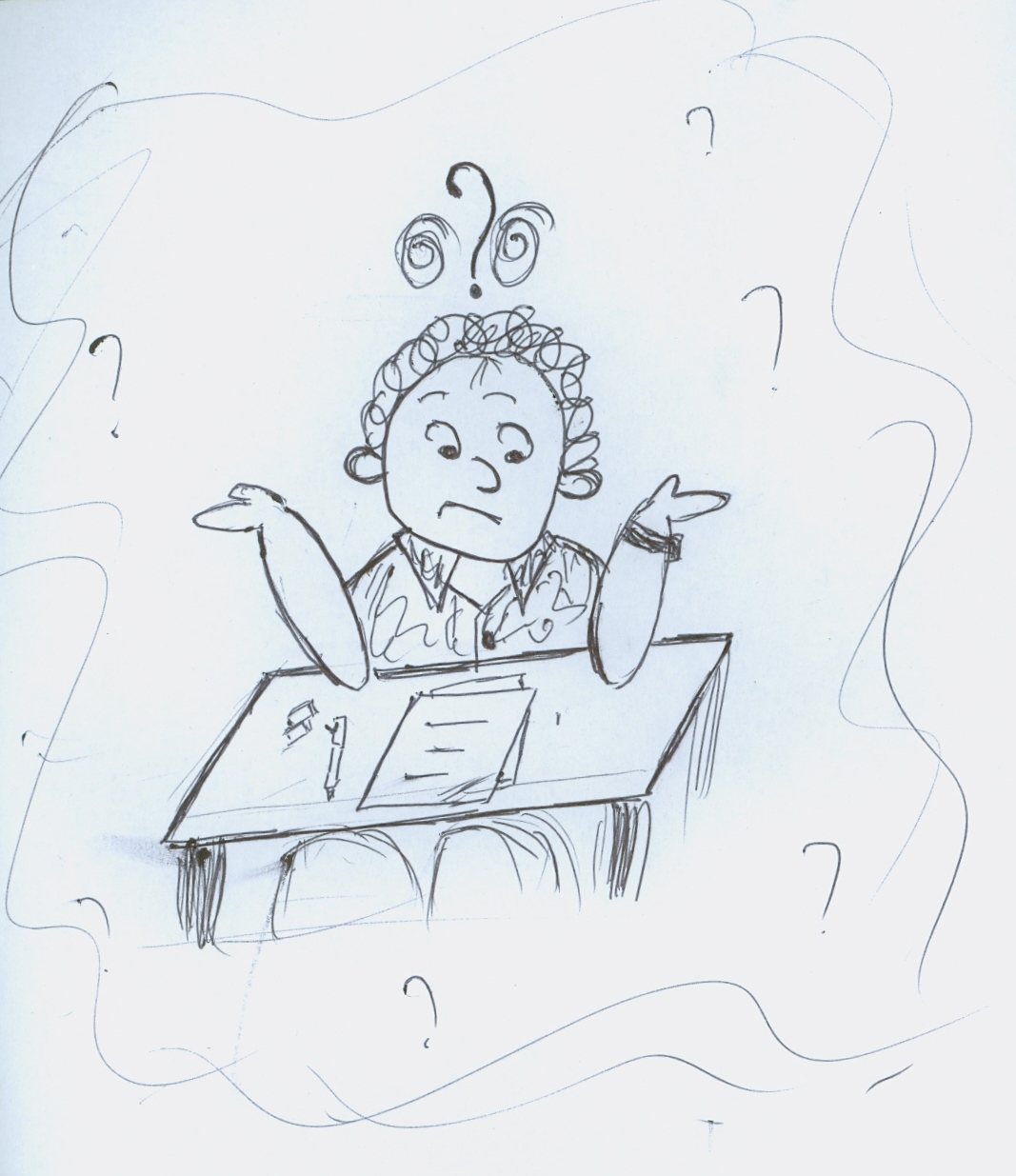


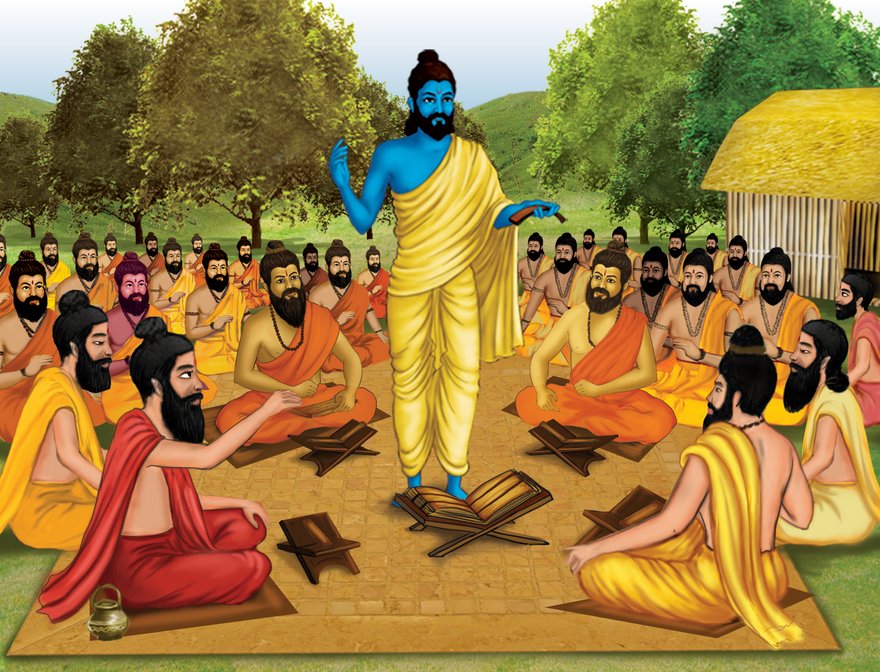

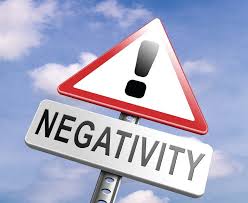


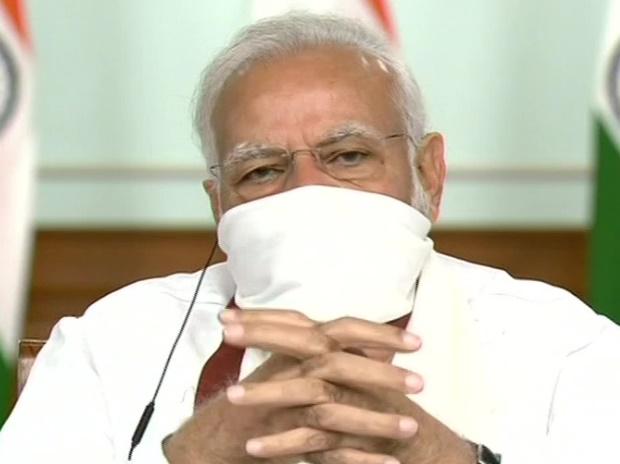
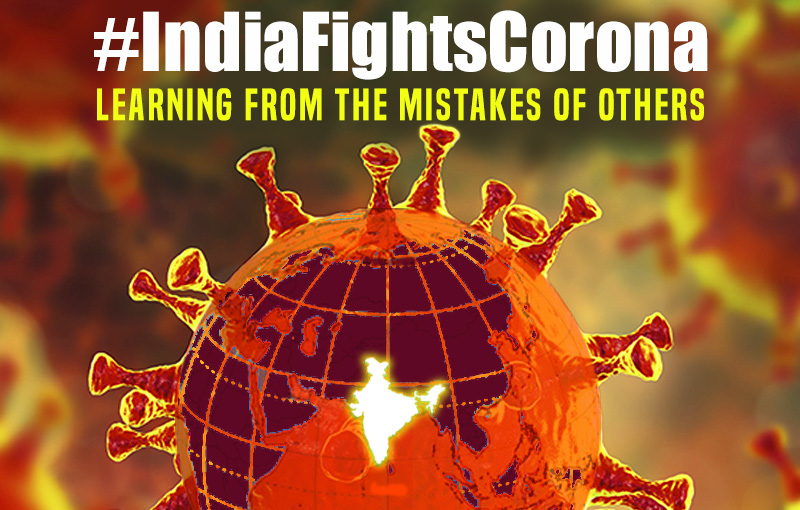
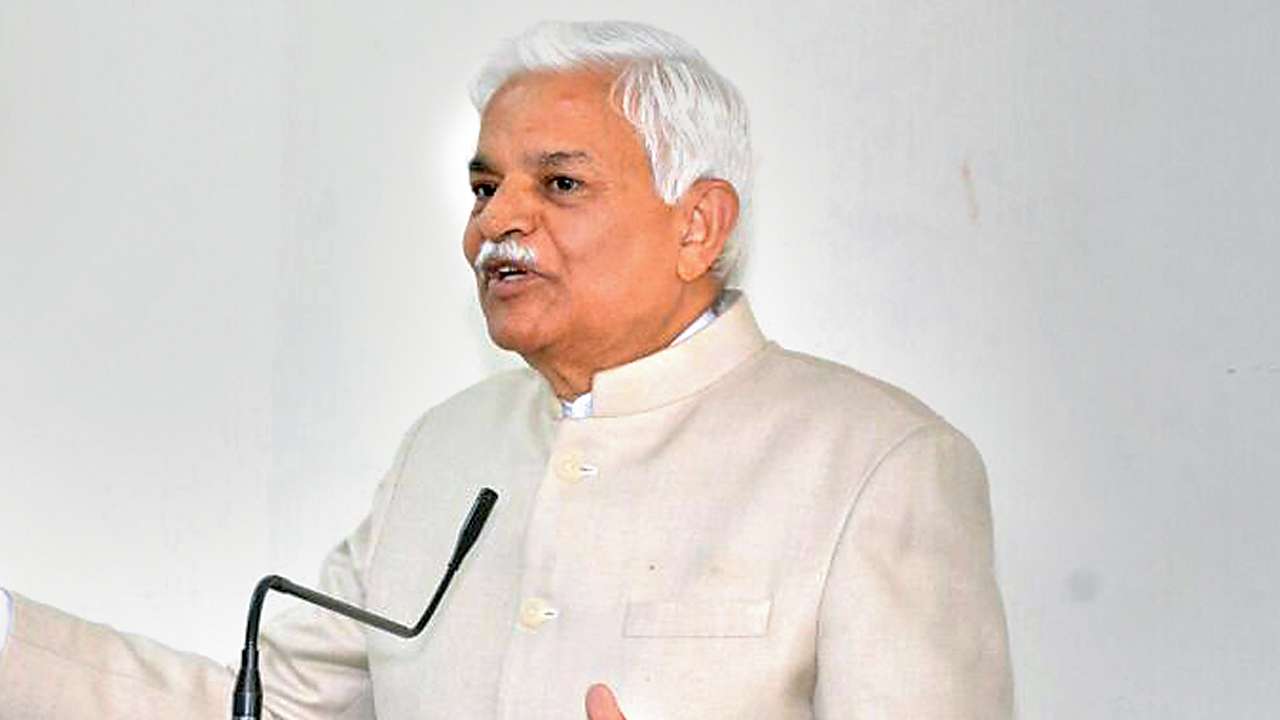

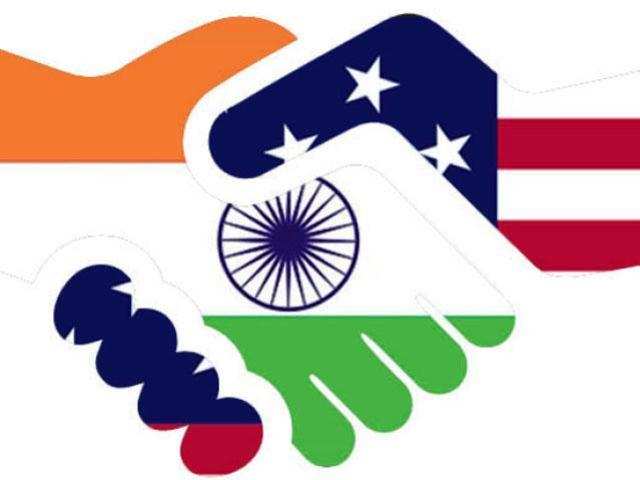
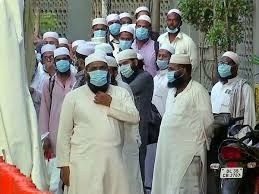
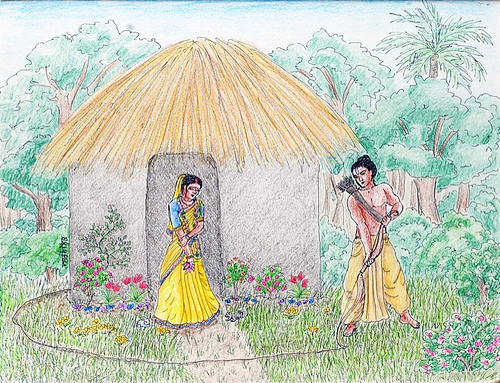

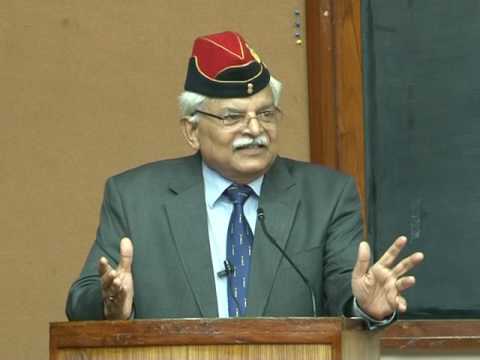
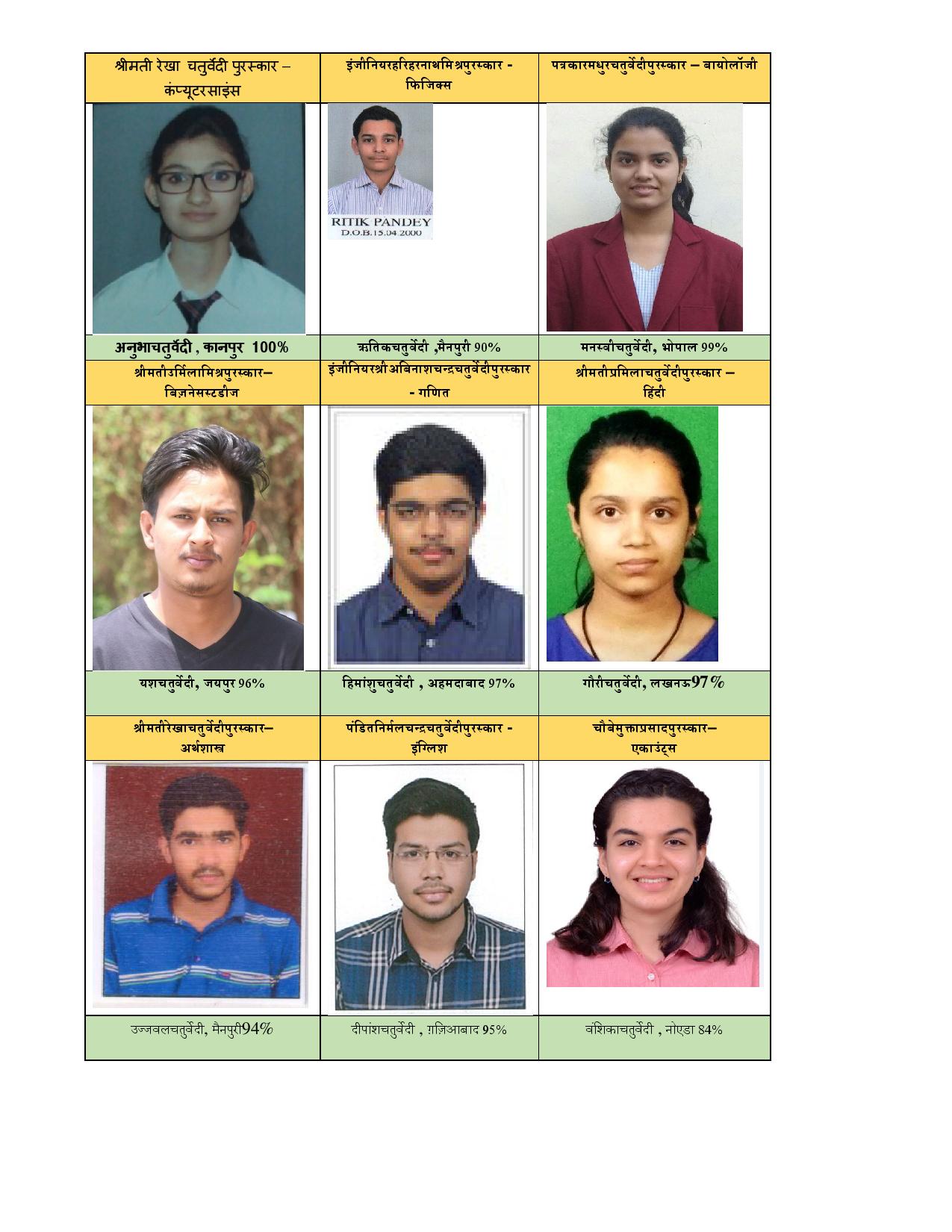
Feed from WhatsApp